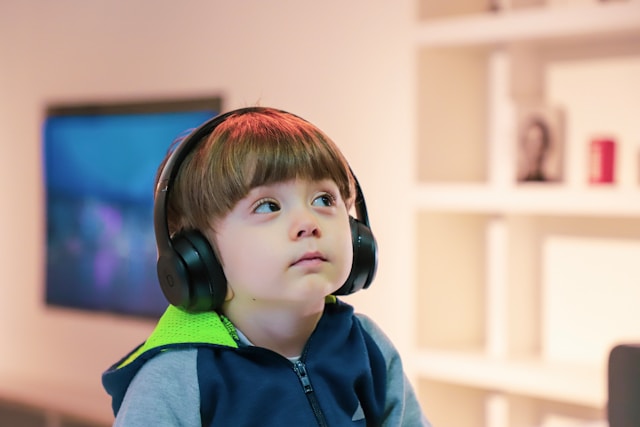What is Autism?
Autism, or autism spectrum disorder (ASD), is a complex neurodevelopmental condition that affects an individual’s social skills, communication abilities, and behavior. It is a spectrum disorder, meaning that it manifests differently in each person, ranging from mild to severe.
Common characteristics of children with autism include challenges in social interaction, communication difficulties, sensory sensitivities, and repetitive behaviors. These characteristics can present unique challenges for both the individual and those around them.
Understanding the Needs of Autistic Children
Sensory Sensitivities
Many children with autism have heightened sensitivities to sensory stimuli such as loud noises, bright lights, or certain textures. These sensitivities can be overwhelming and may lead to distress or meltdowns. Understanding and accommodating these sensitivities is crucial in creating a supportive environment for them.

Communication Challenges
Children with autism may struggle with verbal and nonverbal communication. Some may have delayed speech development, while others may have difficulty understanding social cues or expressing their needs. It’s important to be patient and use clear, direct communication when interacting with them.
Social Interaction Difficulties
Difficulty in understanding and engaging in social interactions is a common characteristic of autism. Children with autism may find it challenging to make friends, interpret facial expressions, or understand social norms. Educators and parents can help by providing opportunities for social skill development and creating inclusive environments.
Repetitive Behaviors and Restricted Interests
Many children with autism engage in repetitive behaviours, such as hand-flapping or rocking, and may have intense, narrow interests. These behaviours and interests can provide comfort and a sense of control for the child. Understanding and respecting these behaviours while gently encouraging new activities is important in supporting them.
Supporting Autistic Children at Home and in the Classroom
Creating a Structured and Predictable Environment
Establishing routines and providing clear expectations can help children with autism feel secure and reduce anxiety. Consistency in daily schedules and transitions can contribute to a sense of stability for the child.
Utilizing Visual Supports
Visual aids, such as picture schedules, visual timers, and cue cards, can assist children with autism in understanding and following instructions. Visual supports can also aid in communication and help reduce anxiety in unfamiliar situations.
Implementing Sensory-Friendly Strategies
Creating a sensory-friendly environment by minimizing sensory triggers, providing sensory tools (e.g., fidget toys), and offering quiet spaces for relaxation can support children with autism in managing their sensory sensitivities.
Encouraging Effective Communication
Using clear and concise language, providing alternative communication methods (e.g., sign language or visual supports), and offering opportunities for social skill development can help children with autism improve their communication abilities.
Collaborating with Professionals and Advocating for Autistic Children
Building a Support Network
Collaborating with therapists, support groups, and other families of autistic children can provide valuable resources and emotional support. Building a strong support network can help parents and educators navigate the challenges of supporting their children.
Working with Special Education Professionals
Special education teachers and professionals can offer specialized strategies and interventions to support children with autism in the classroom. Collaborating with these professionals can ensure that the child’s educational needs are met effectively.
Advocating for Inclusive Education and Support Services
Advocating for inclusive education and support services within the school and community can help create a more accepting and accommodating environment for children with autism. This may involve promoting awareness, providing training for staff, and advocating for appropriate resources and accommodations.
Understanding and supporting children with autism requires patience, empathy, and a willingness to learn and adapt. By recognizing the unique needs of children with autism and implementing supportive strategies, parents and educators can create environments where these children can thrive and reach their full potential.




